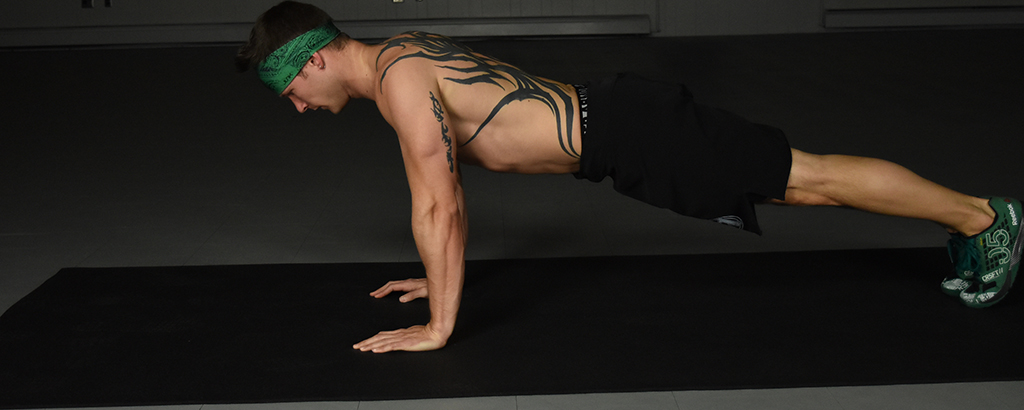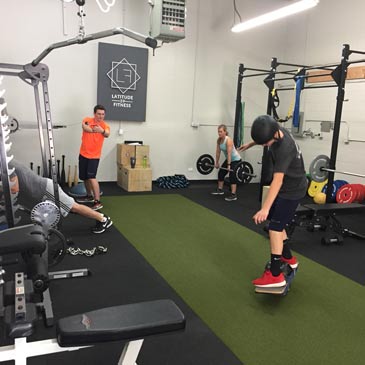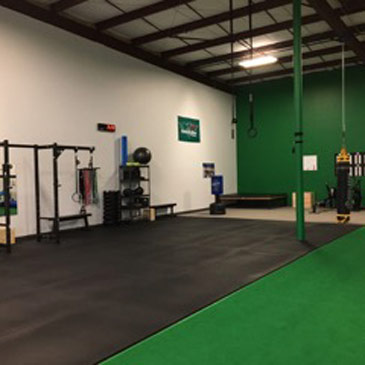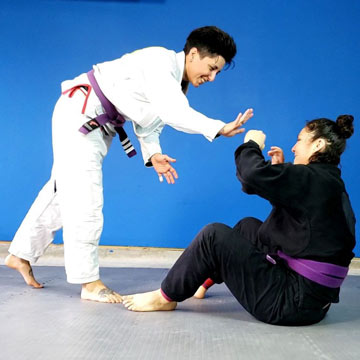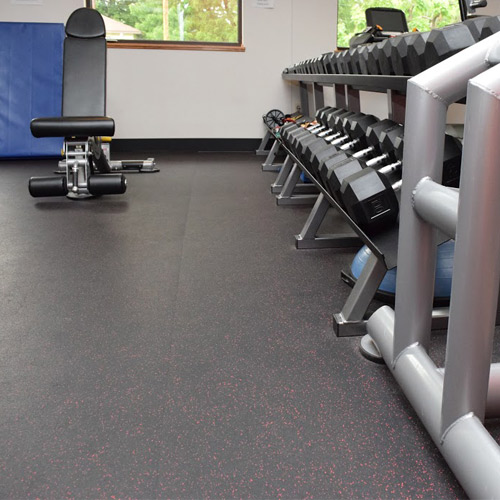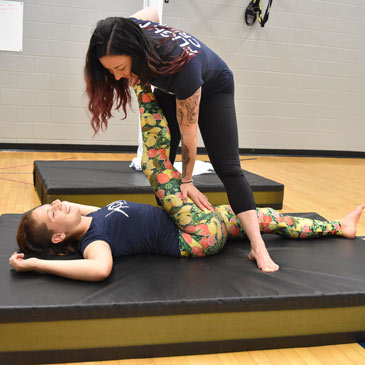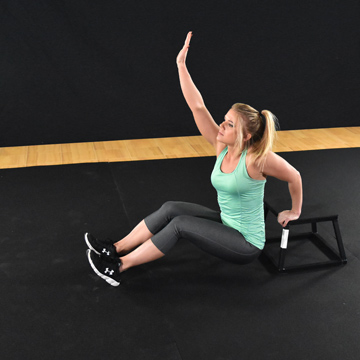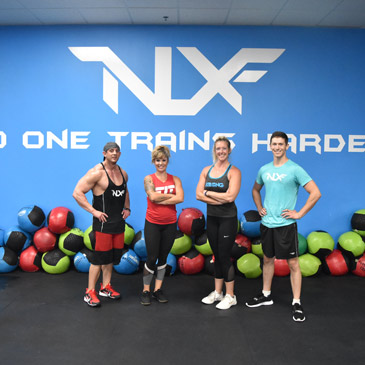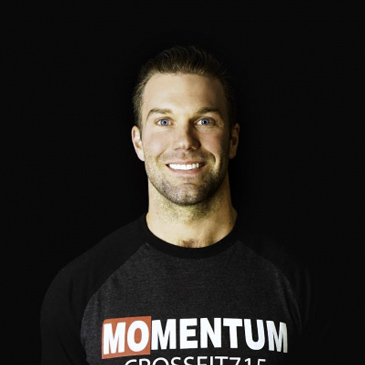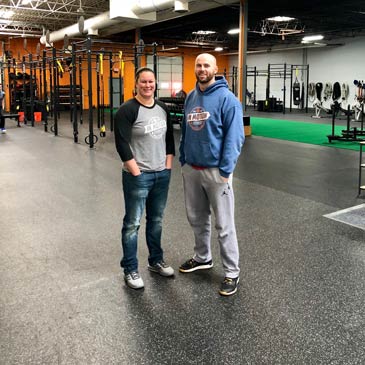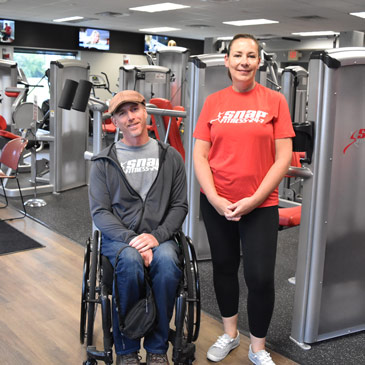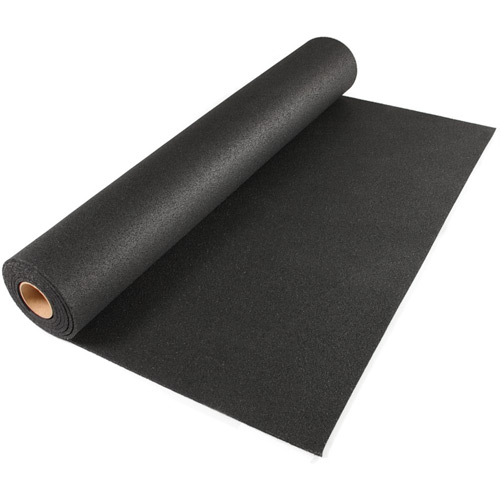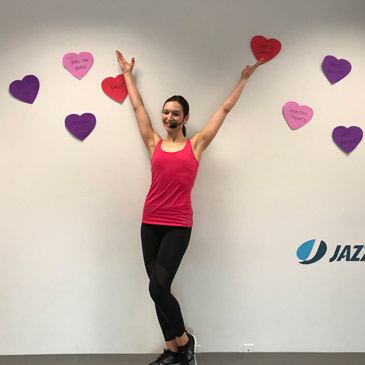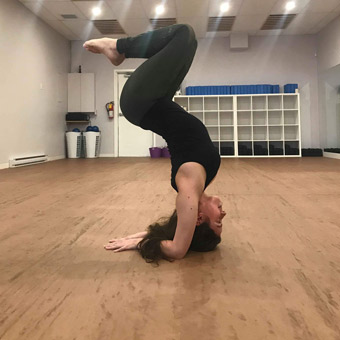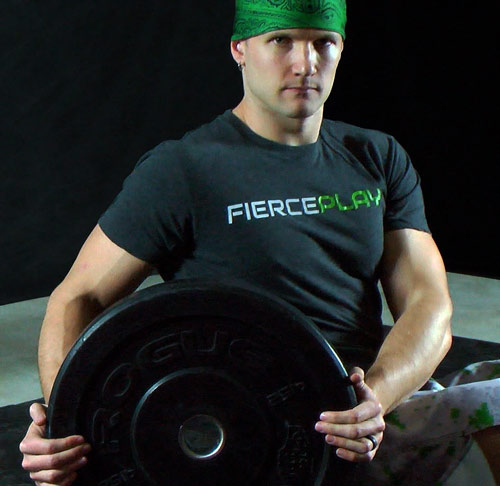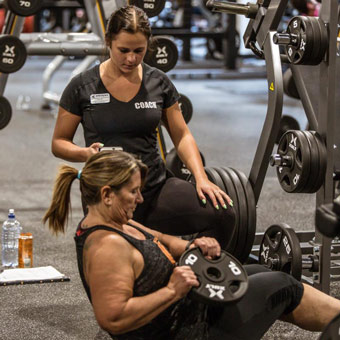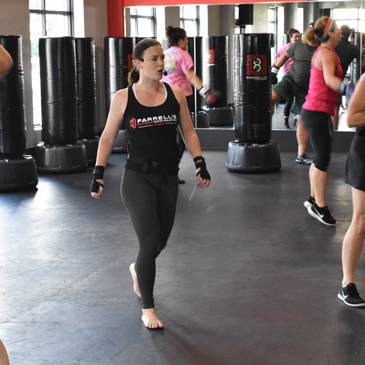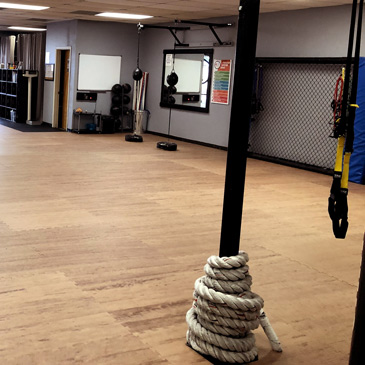Fitness Mat Customer Stories
Fitness Mat Guide
Fitness Floor Mat, Tile and Roll Blogs, Videos and Testimonials
Fitness Floor Mat, Tile and Roll Blogs, Videos and Testimonials
When you’re getting a workout in, having the right fitness flooring can make all the difference. Whether you’re working out in your home gym or renovating your commercial gym, fitness mats and flooring play an important role in keeping athletes safe and comfortable.
A fitness mat serves many purposes. It provides the right base of support for the stability you need for exercises. It also often offers shock absorption and some cushion to help minimize the strain on your joints or to even reduce injuries in the chance of a fall. A fitness mat can be laid over existing flooring to make it more suitable for your workout, and it can offer important sound absorption and thermal properties to create an ideal workout space.
But with so many choices, you probably need some guidance to help you get started and narrow down your options. That’s why we’ve created this buyers guide.
In this guide, you’ll find all of the information you need to better understand and sort through our fitness mat options. We’ve included project ideas and appropriate products for different uses and exercise purposes, customer success stories to give you some additional inspiration, and even how-to’s to help you out throughout the completion of your project.
To help you get started with your search, consider the following types of fitness mats and the properties and benefits that are common with each option.
Rubber is widely used in both home and commercial gyms. It’s often favored because of its superior durability and strength, and many rubber products come with long warranties.
Rubber’s durability will partially depend on how thick it is, with thicker products having greater shock absorption and strength. Rubber is available in tiles, mats, and rolls, so you might use it to add some extra protection in a weightlifting room or use it to create the floor of your entire home gym beneath your exercise equipment. Many rubber products are waterproof, and they tend to absorb sound well to create an ideal exercise environment. Rubber is available in black, but there are also some color fleck options available.
Carpet, which you can buy as interlocking tiles or roll out mats, adds a warmth and a welcoming touch to many gym surfaces. Carpet can be ideal for a larger area that houses workout equipment, and for commercial gyms, it makes for an attractive reception area. Our carpet tiles and mats are easy to vacuum and care for, and they’re designed with the durability needed to support the foot traffic that commercial spaces see.
Foam is also popular for many reasons. It tends to have more shock absorption and cushion than rubber, so it’s well-paired with areas where you’ll be doing floor exercises. Foam is highly comfortable underfoot, and some foam tiles, like our martial arts tiles, offer ASTM fall height ratings to help keep athletes safe.
There are multiple ways to install many of these products. Most tiles are designed for an easy DIY installation, and many modular tiles can be installed, removed, and then installed again.
When you’re working with tiles, you can usually choose to perform a wall-to-wall or an island installation. Most tiles can be easily custom cut to fit the dimensions of your room. Most also come with edge pieces to create a clean, finished edge – no cutting required – for an island installation.
Options like larger fitness mats and even rolls of flooring can be dry laid on top of existing flooring to add protection. This offers the advantage of being able to remove that extra layer of flooring when needed, increasing the versatility of the space.
We also offer products that can be permanently installed. Many of our rubber tiles and rolls can be installed with adhesive, ideal for a commercial gym where you’ll use the same room for the same purpose and want a long-lasting flooring that will withstand significant traffic and use.
As you start to explore the flooring options available, don’t forget that our Greatmats flooring experts are here to help you, too. We can provide you with advice on the best fitness mat for your needs, and can provide shipping quotes and price quotes, too. Start by exploring this buyers guide, but if you have any questions, don’t hesitate to give us a call, too.
A fitness mat serves many purposes. It provides the right base of support for the stability you need for exercises. It also often offers shock absorption and some cushion to help minimize the strain on your joints or to even reduce injuries in the chance of a fall. A fitness mat can be laid over existing flooring to make it more suitable for your workout, and it can offer important sound absorption and thermal properties to create an ideal workout space.
How to Find the Best Fitness Mat
If you’re looking to renovate or create a fitness space, you’ve come to the right place. Greatmats stocks an array of fitness mats suitable for everything from yoga to weightlifting and more. You’ll have plenty of products to choose from that vary in material, firmness, durability, size, installation method, color, and cost.But with so many choices, you probably need some guidance to help you get started and narrow down your options. That’s why we’ve created this buyers guide.
In this guide, you’ll find all of the information you need to better understand and sort through our fitness mat options. We’ve included project ideas and appropriate products for different uses and exercise purposes, customer success stories to give you some additional inspiration, and even how-to’s to help you out throughout the completion of your project.
To help you get started with your search, consider the following types of fitness mats and the properties and benefits that are common with each option.
Different Types of Fitness Mats
Our mats are primarily made of three different materials: Rubber, carpet, or foam. The properties that you’re looking for and just how you plan to use the floor will help you to determine which option is right for your project.Rubber is widely used in both home and commercial gyms. It’s often favored because of its superior durability and strength, and many rubber products come with long warranties.
Rubber’s durability will partially depend on how thick it is, with thicker products having greater shock absorption and strength. Rubber is available in tiles, mats, and rolls, so you might use it to add some extra protection in a weightlifting room or use it to create the floor of your entire home gym beneath your exercise equipment. Many rubber products are waterproof, and they tend to absorb sound well to create an ideal exercise environment. Rubber is available in black, but there are also some color fleck options available.
Carpet, which you can buy as interlocking tiles or roll out mats, adds a warmth and a welcoming touch to many gym surfaces. Carpet can be ideal for a larger area that houses workout equipment, and for commercial gyms, it makes for an attractive reception area. Our carpet tiles and mats are easy to vacuum and care for, and they’re designed with the durability needed to support the foot traffic that commercial spaces see.
Foam is also popular for many reasons. It tends to have more shock absorption and cushion than rubber, so it’s well-paired with areas where you’ll be doing floor exercises. Foam is highly comfortable underfoot, and some foam tiles, like our martial arts tiles, offer ASTM fall height ratings to help keep athletes safe.
Installing Your Fitness Mats
As you plan your project, it’s important to consider which type of an installation is ideal for your plans. This can also help you to narrow down your flooring product choices.There are multiple ways to install many of these products. Most tiles are designed for an easy DIY installation, and many modular tiles can be installed, removed, and then installed again.
When you’re working with tiles, you can usually choose to perform a wall-to-wall or an island installation. Most tiles can be easily custom cut to fit the dimensions of your room. Most also come with edge pieces to create a clean, finished edge – no cutting required – for an island installation.
Options like larger fitness mats and even rolls of flooring can be dry laid on top of existing flooring to add protection. This offers the advantage of being able to remove that extra layer of flooring when needed, increasing the versatility of the space.
We also offer products that can be permanently installed. Many of our rubber tiles and rolls can be installed with adhesive, ideal for a commercial gym where you’ll use the same room for the same purpose and want a long-lasting flooring that will withstand significant traffic and use.
As you start to explore the flooring options available, don’t forget that our Greatmats flooring experts are here to help you, too. We can provide you with advice on the best fitness mat for your needs, and can provide shipping quotes and price quotes, too. Start by exploring this buyers guide, but if you have any questions, don’t hesitate to give us a call, too.
